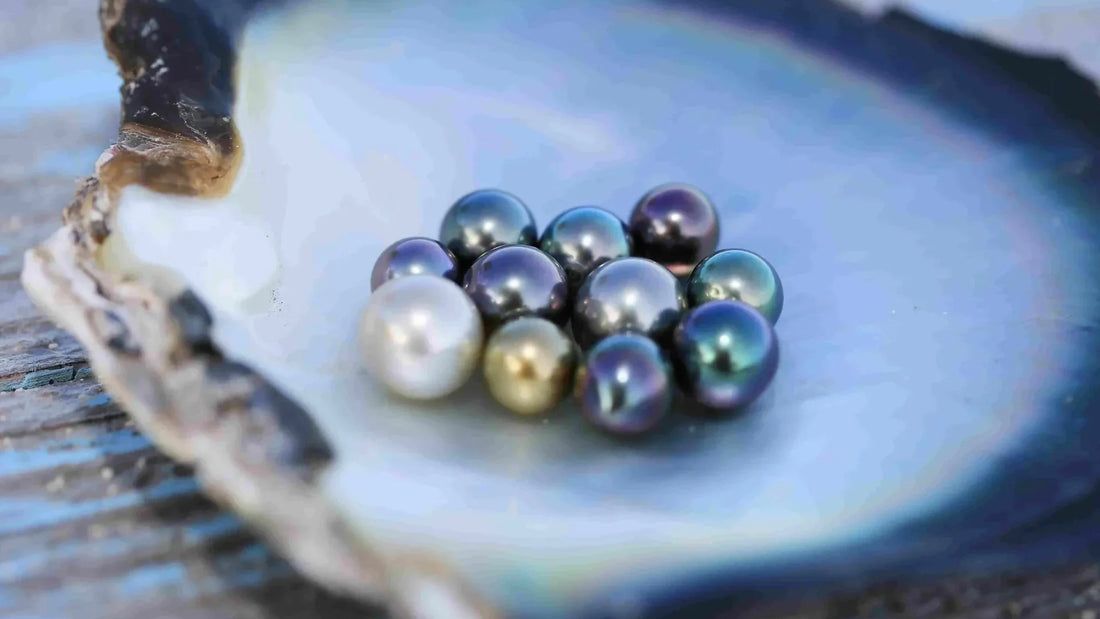
WHERE DO FRESHWATER PEARLS, ALSO CALLED CULTURED PEARLS, COME FROM?
Freshwater pearls come mainly from mollusks living in rivers, lakes and ponds, as opposed to sea pearls from oysters living in the marine environment. Their origin is fascinating and combines nature and human know-how. Here is an overview of their journey:
1. Natural Training
Pearls are formed when an irritant, such as a grain of sand or a fragment of shell, gets into the shell of the mollusk. In response, the animal secretes nacre, a substance composed mainly of calcium carbonate, which surrounds the intruder to protect its body. This natural process produces pearls that are unique in shape and color.
2. Controlled Culture
Today, most freshwater pearls are cultured, primarily in Asia, which is the world leader in their production. Pearls are created by inserting a small nucleus or piece of tissue into the mollusk, which stimulates the production of nacre. Unlike sea pearls, freshwater pearls do not always use a solid nucleus, making them almost entirely composed of nacre.
3. Distinctive Features
Freshwater pearls are distinguished by:
- Their variety of shapes : they can be round, oval, baroque or drop-shaped.
- Their natural colors : white, pink, peach, lavender, sometimes with iridescent nuances.
- Their durability : thanks to their high mother-of-pearl content, they are more resistant to shocks.
4. Respect for the Environment
Freshwater pearl production is often more environmentally friendly than other types of jewelry because it relies on well-maintained aquatic ecosystems to ensure the quality of the pearls.
By wearing jewelry with freshwater pearls, we not only display a piece of nature, but also the result of traditional know-how and respectful cohabitation between man and the environment.
